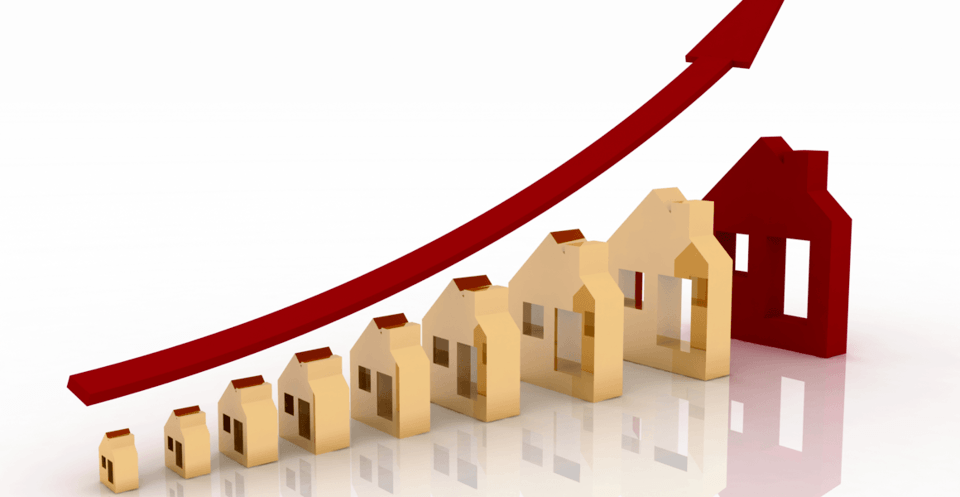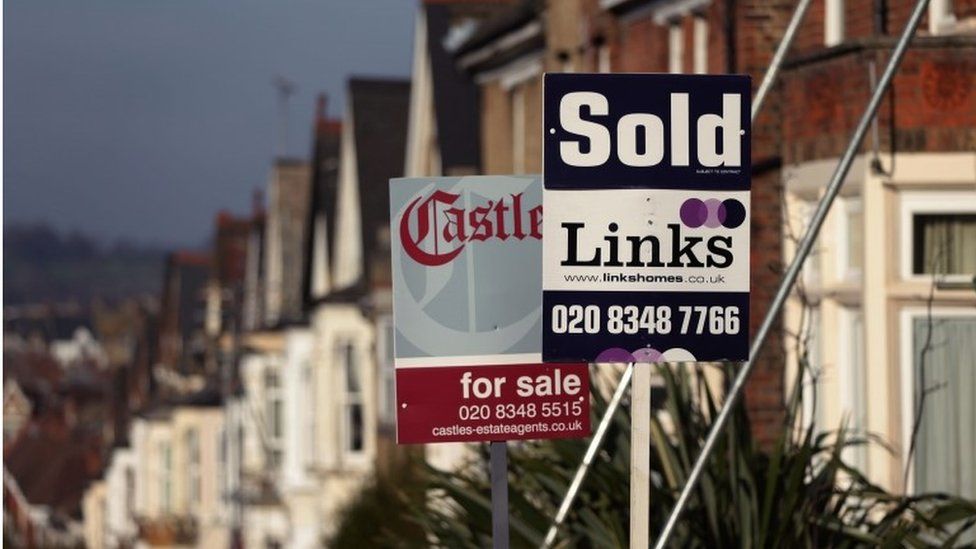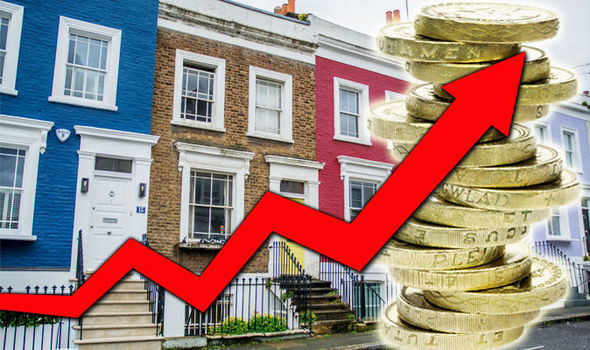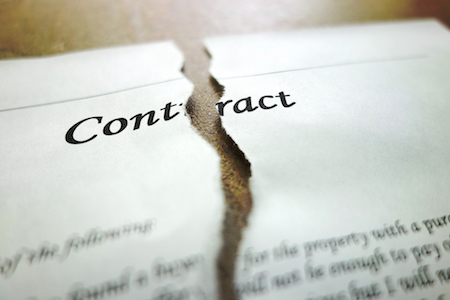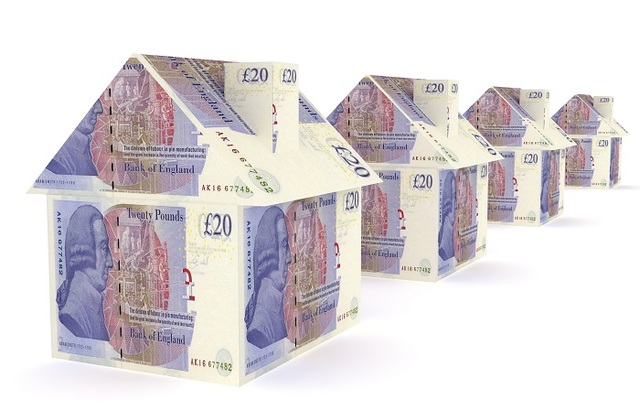The housing market retained a surprising degree of momentum in July, despite the mounting pressures on household budgets, according to an index.
Lenders will soon no longer be required to check whether mortgage applicants could afford payments at higher interest rates, as a change to lending rules announced last month prepares to come into effect.
Housing affordability in England has deteriorated to its worst levels since records started in 1999, according to the Office for National Statistics (ONS).
More than one in three home purchases have fallen through in the last 12 months, with potential buyers typically ending up £2,000 out of pocket.
UK house prices increased by 12.8% in the year to May 2022, up from 11.9% in April 2022.
Average asking rents outside London have hit another new record of £1,126 per calendar month according to Rightmove.
“The next administration needs to reset its plans for the sector”
- Rightmove Ups House Price Forecasts Due To Lack Of New Agency Stock
- How to Get on the Property Ladder With Your First Property
- House prices rocket by up to £40,000 in 25 UK areas post pandemic
- Should the Property Buying Process be Taught at School?
- UK Inflation Rises To 9.4%
- A Huge Number Of Tenants Expect To Rent All Their Lives
- Market Value of Foreign Ownership at £90.7 Billion
- New cladding scheme to release ‘thousands’ of properties into sales market

